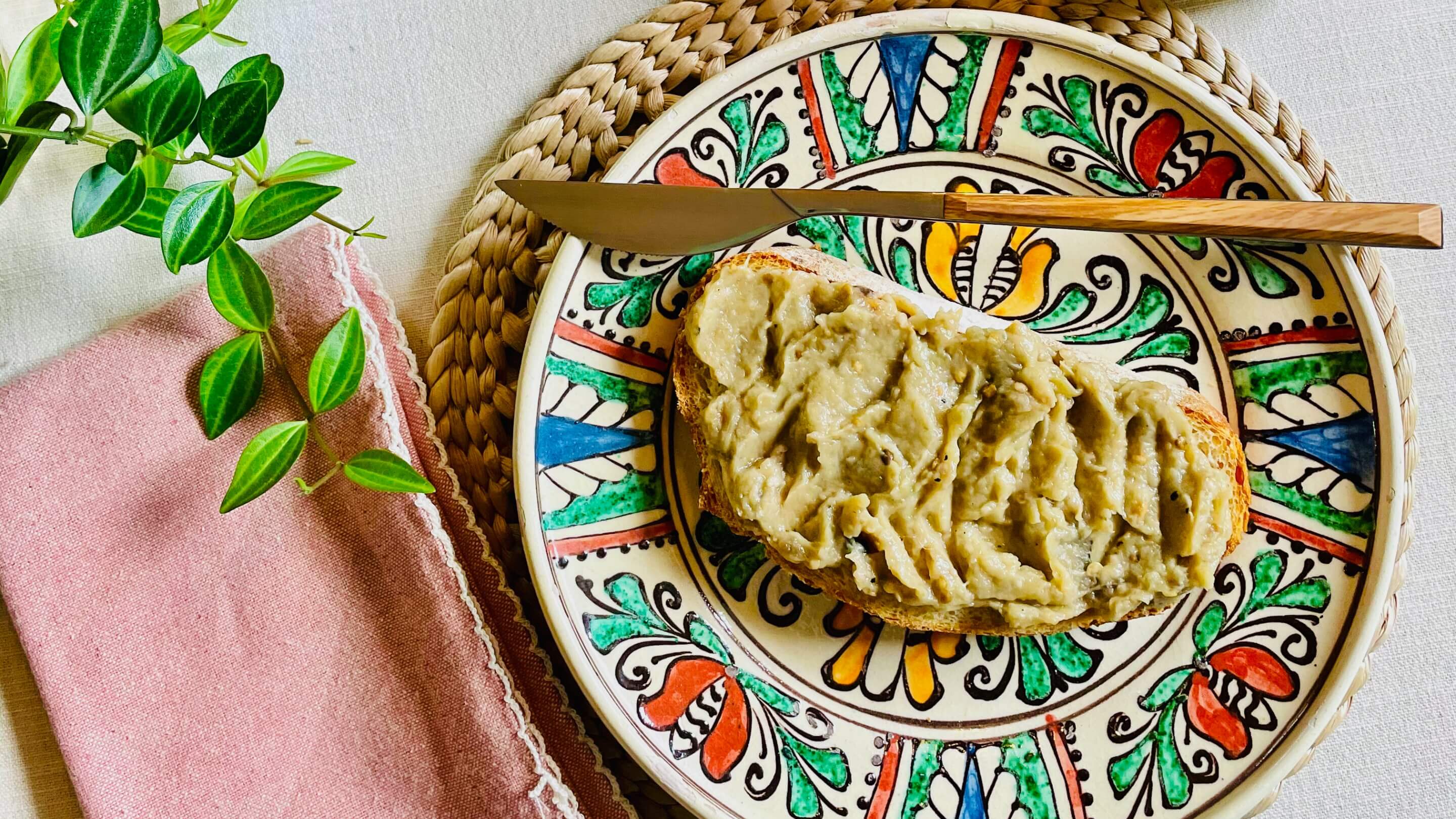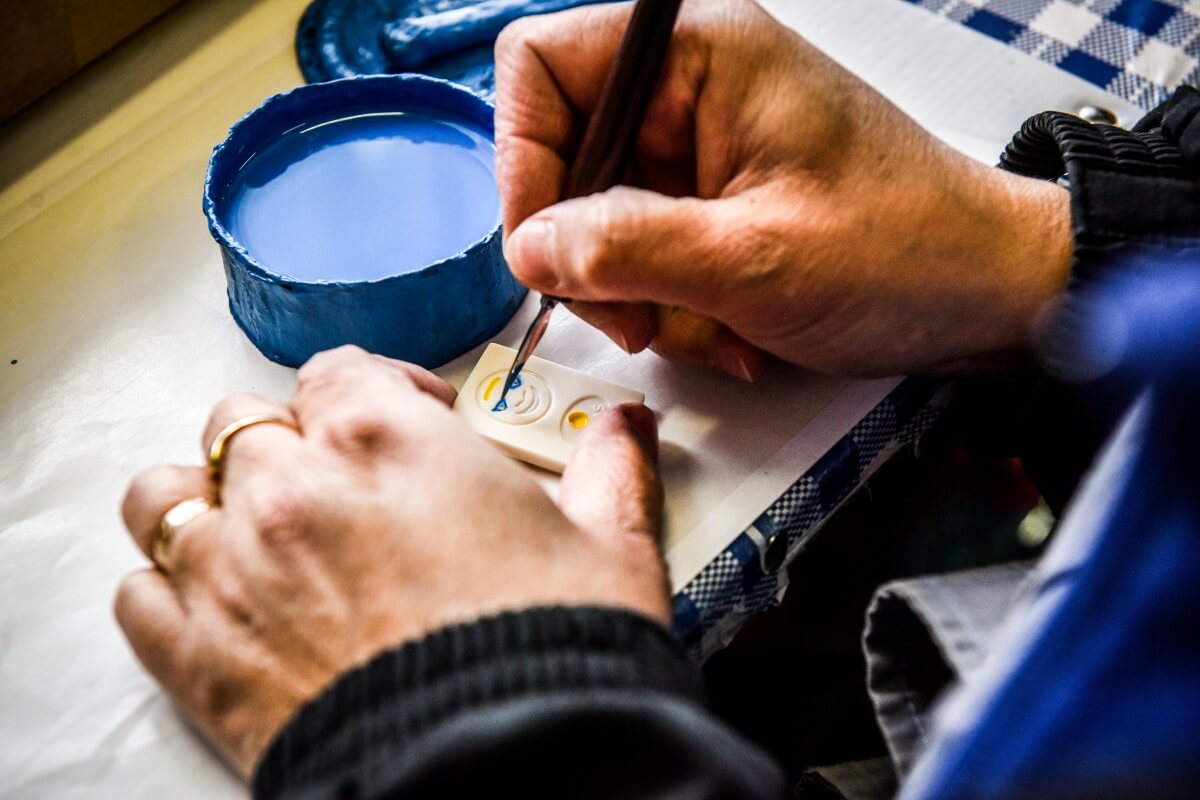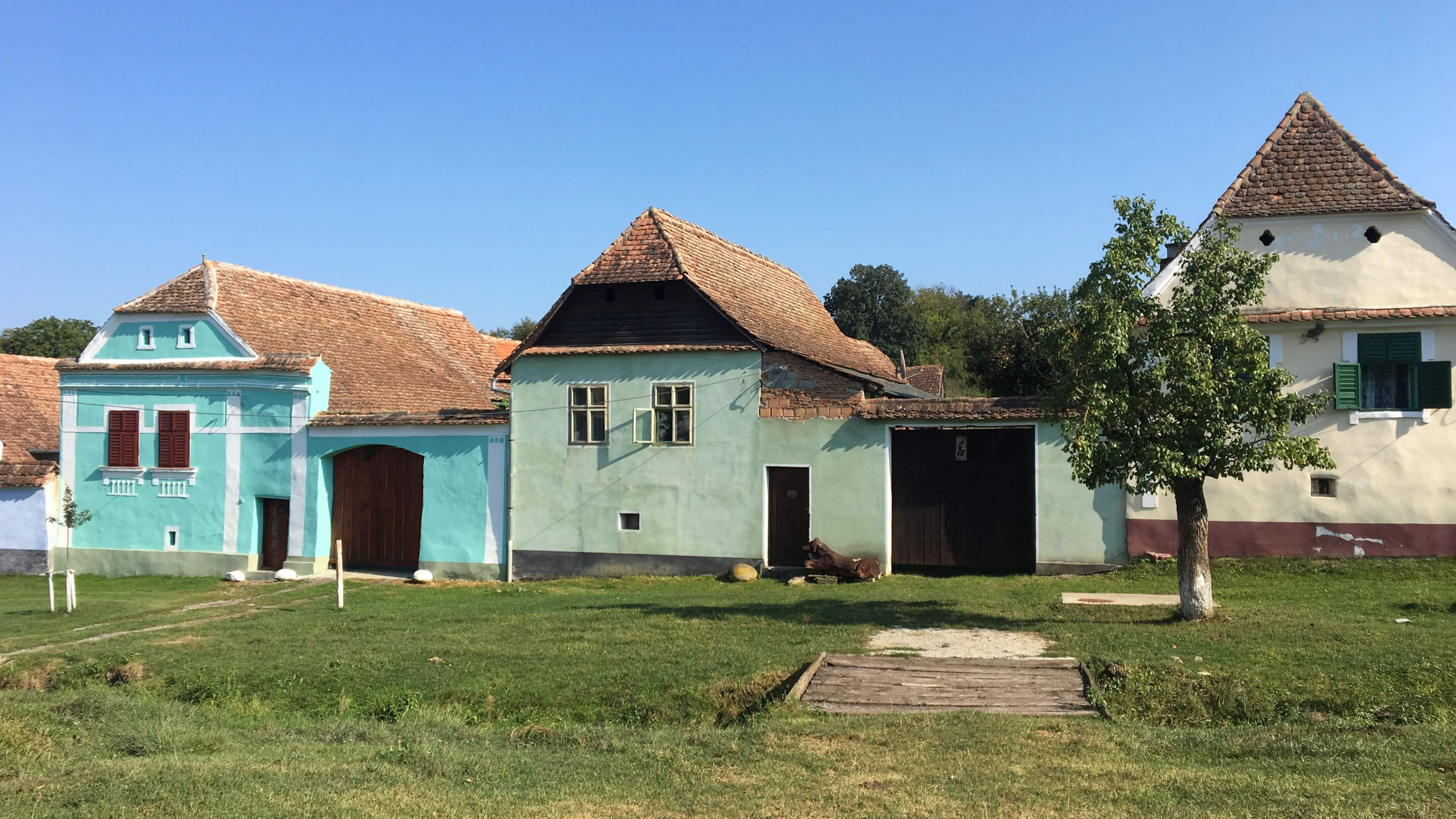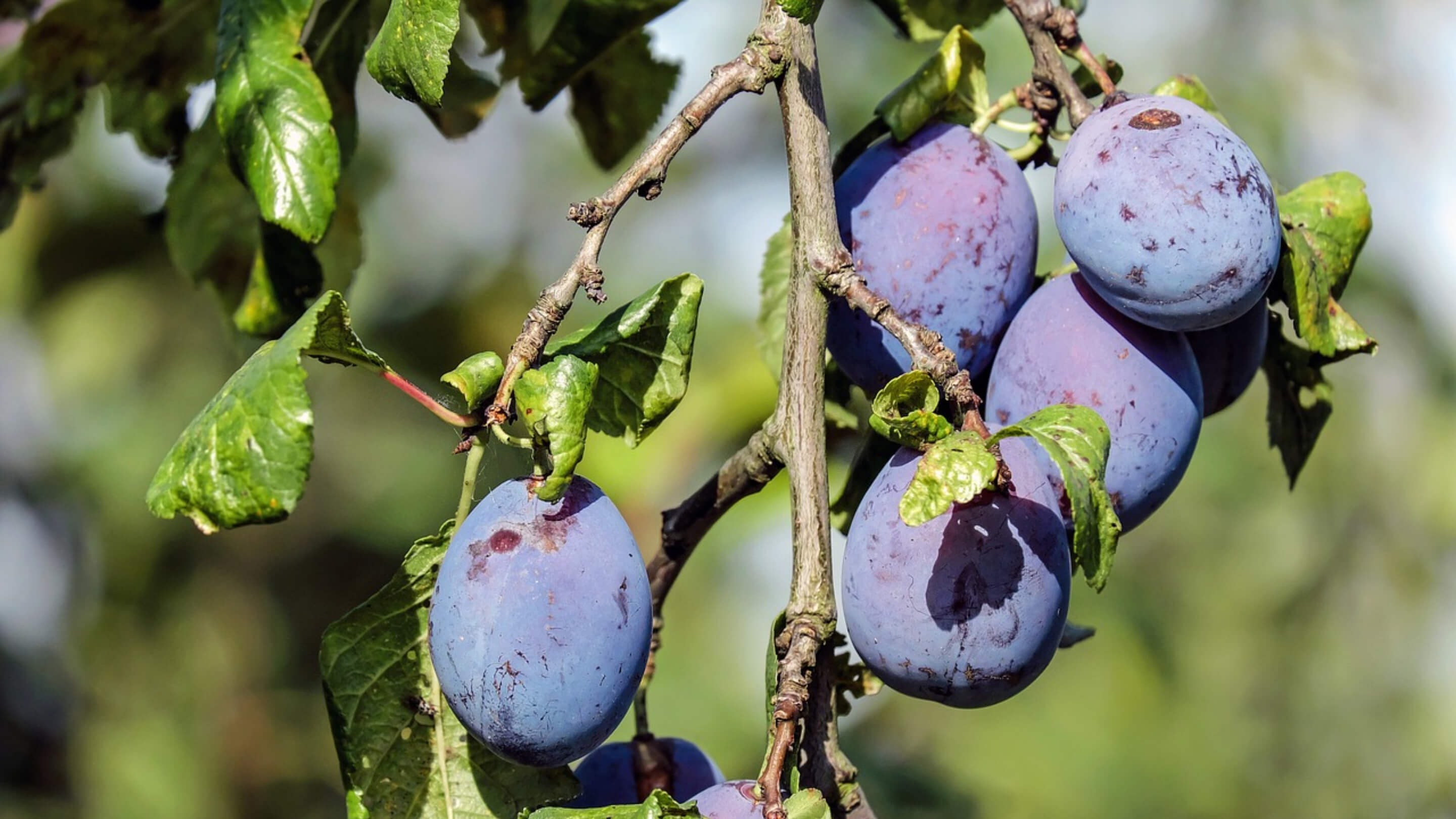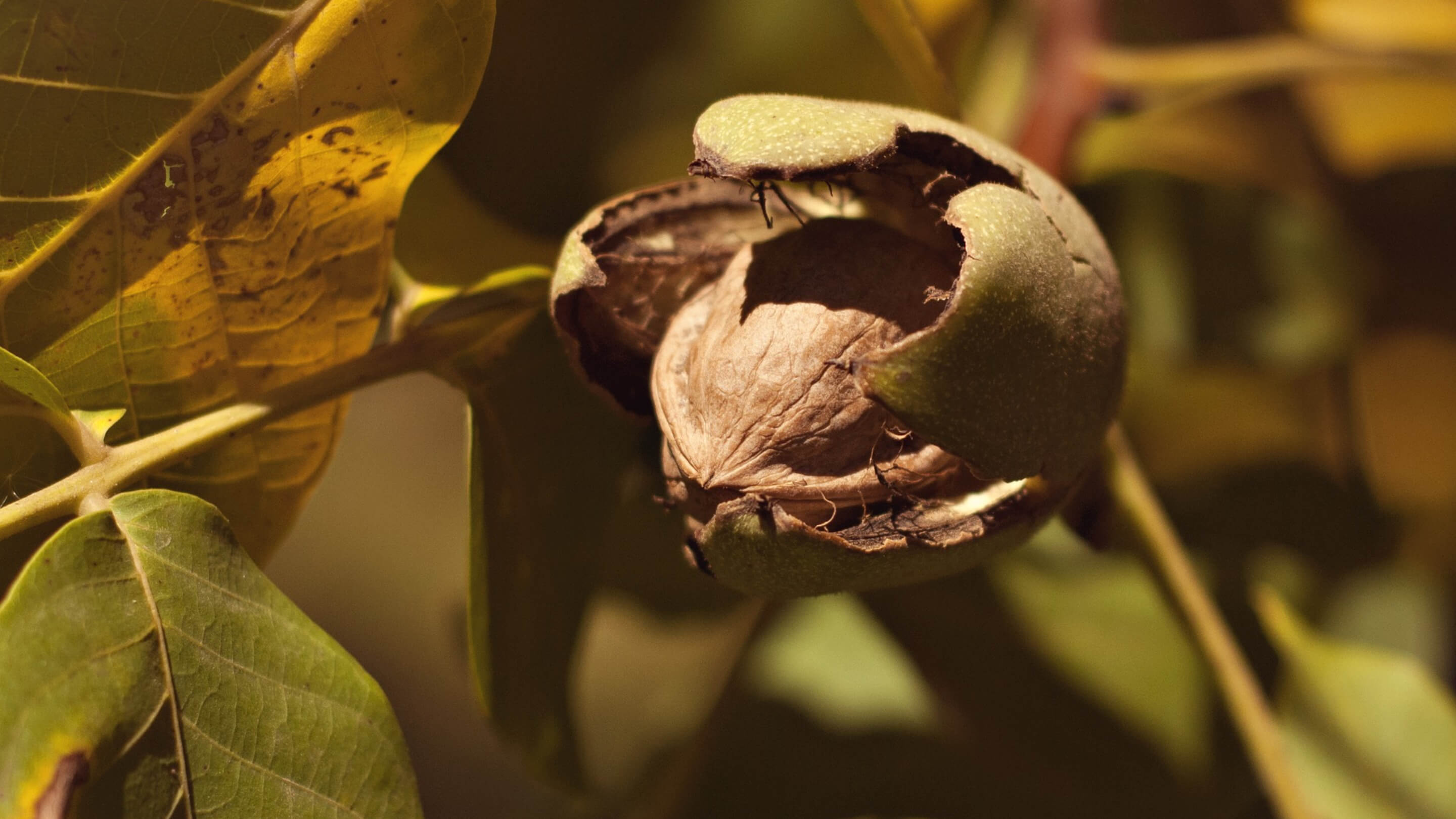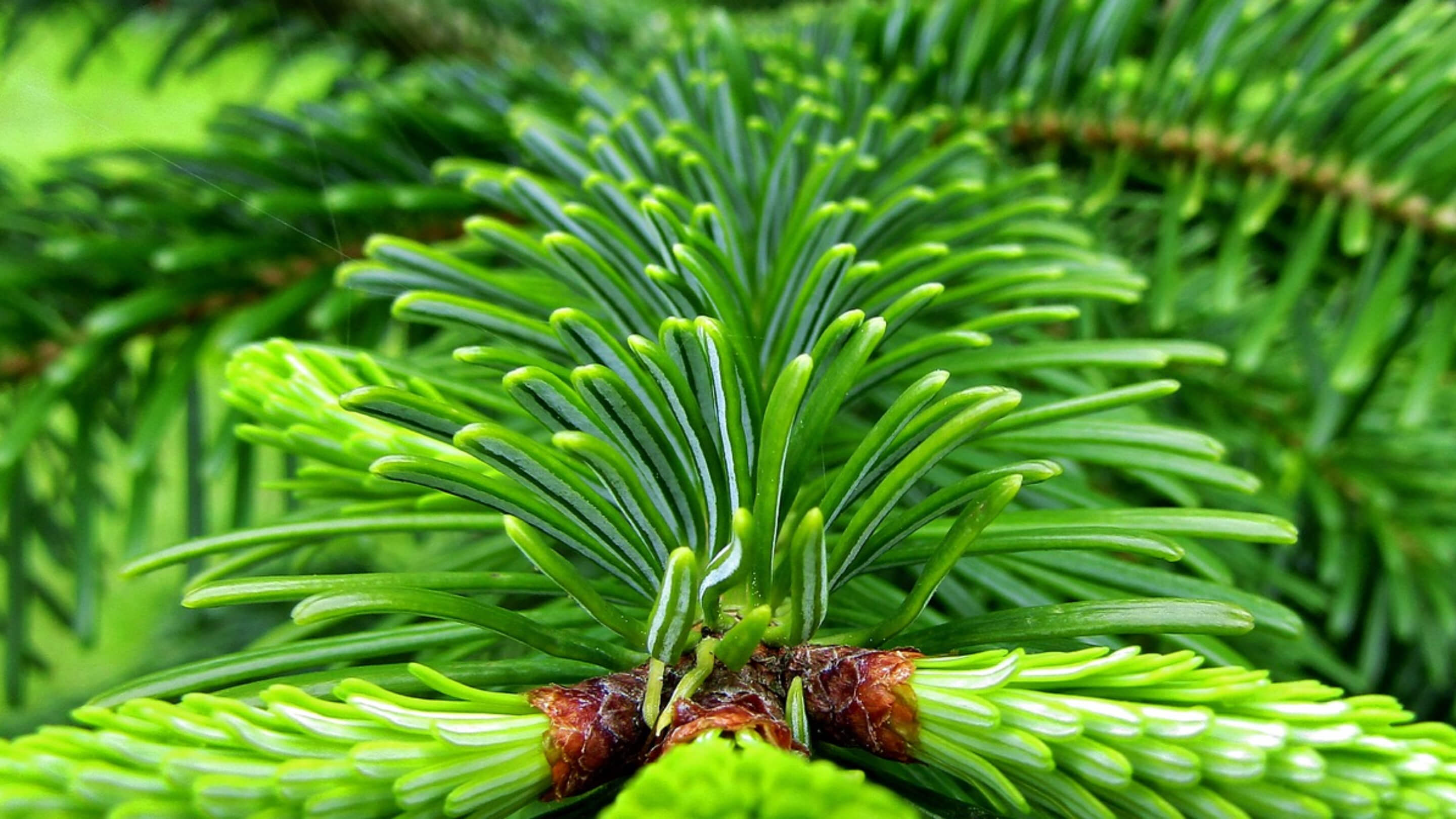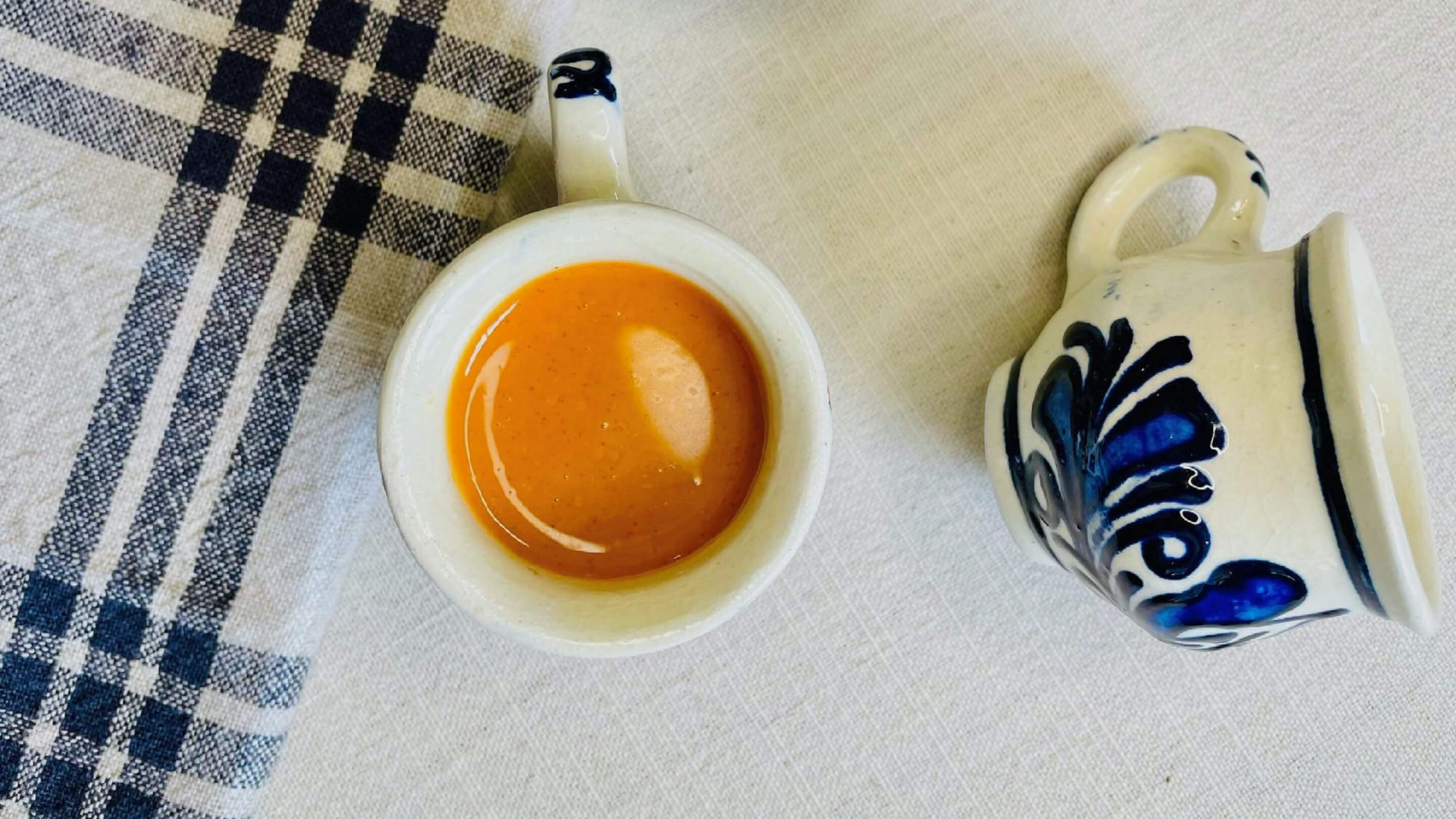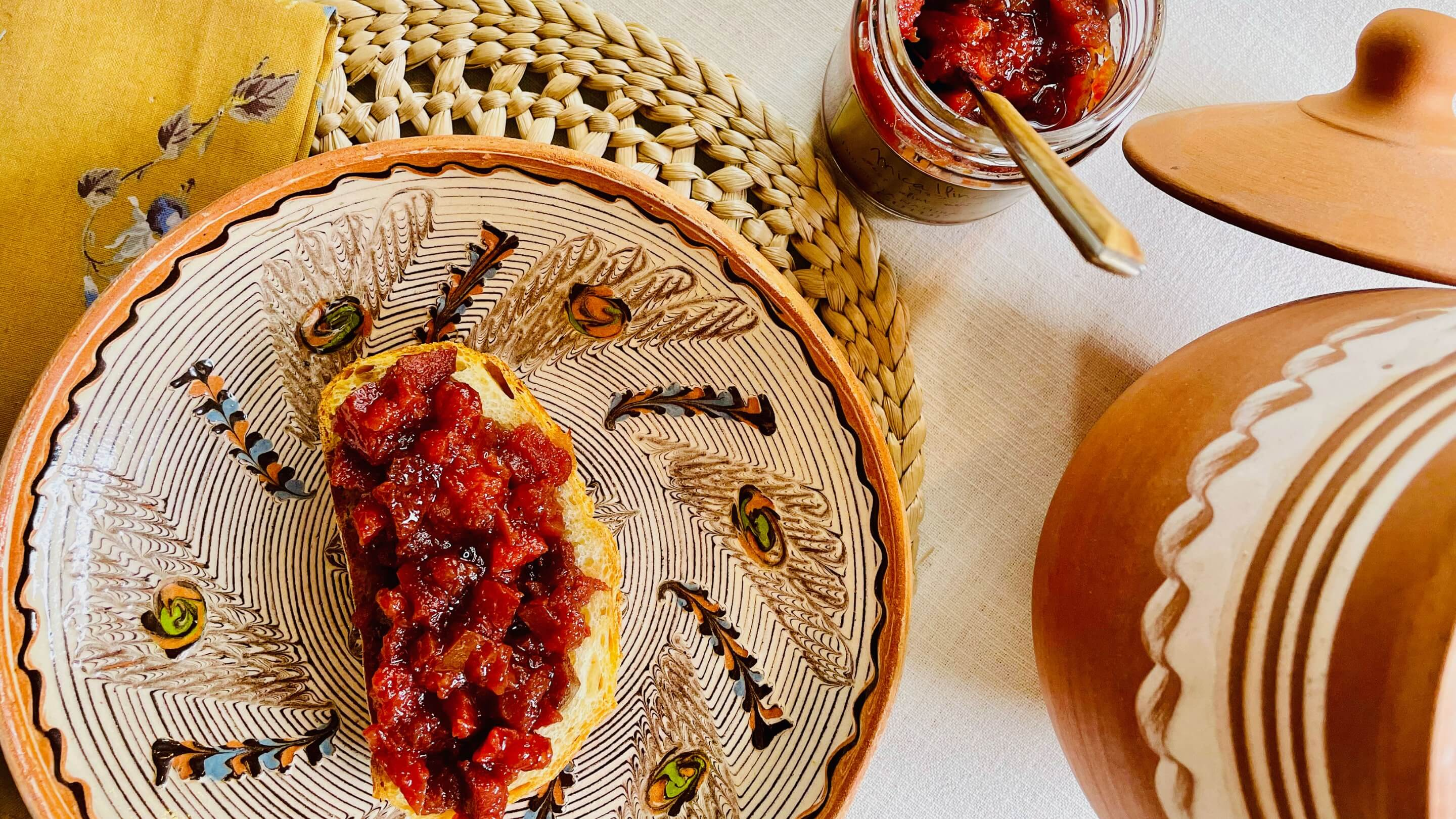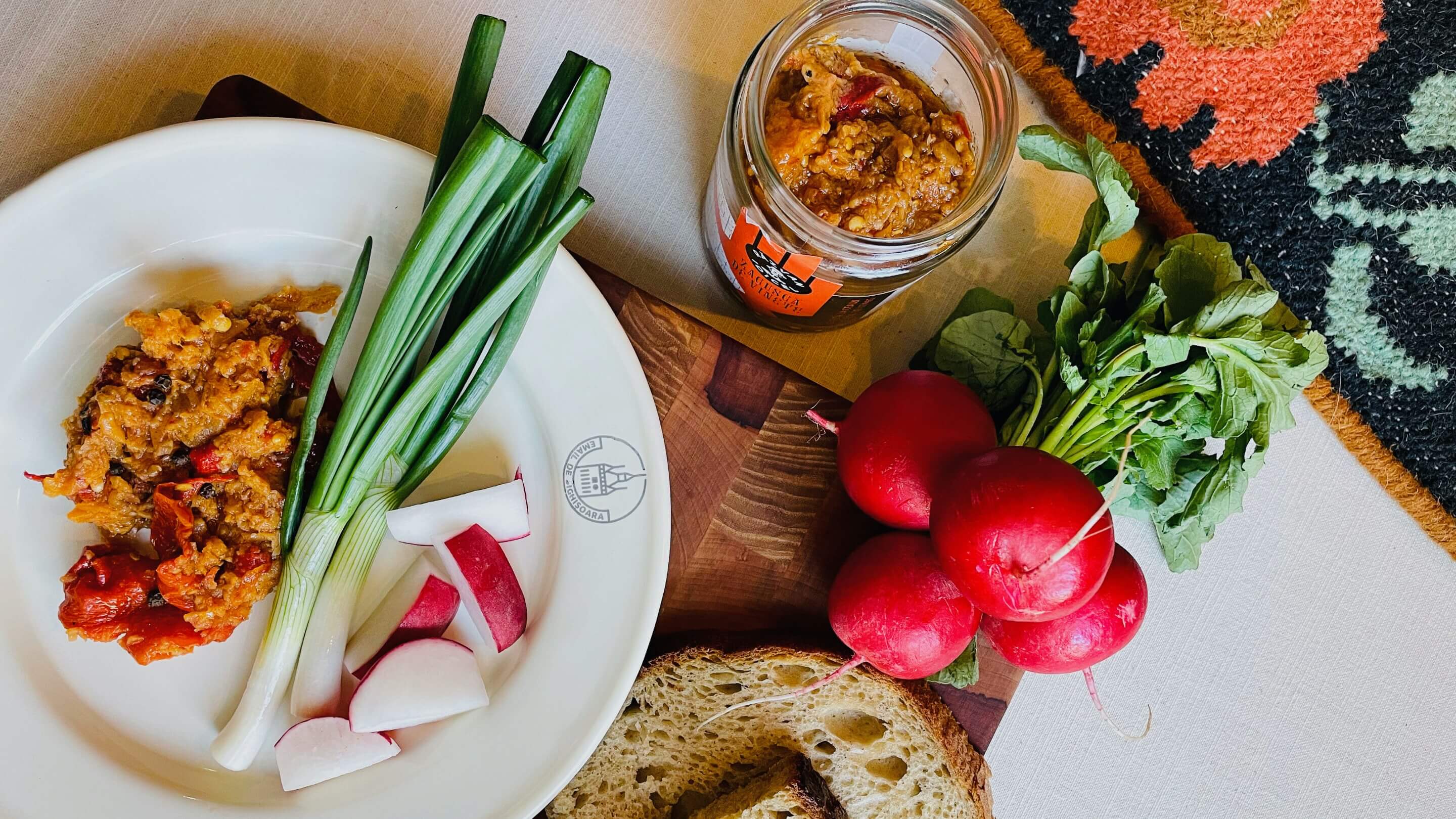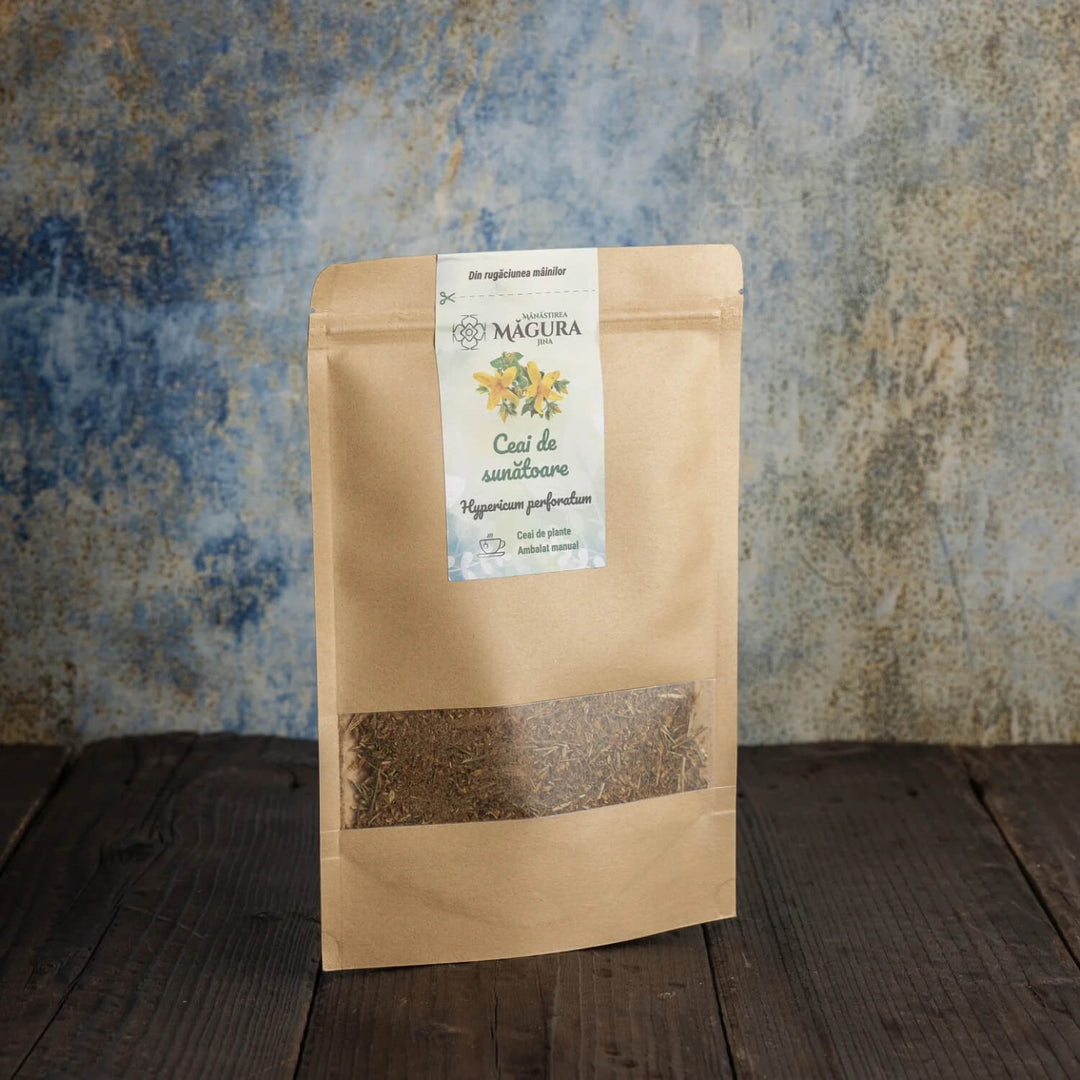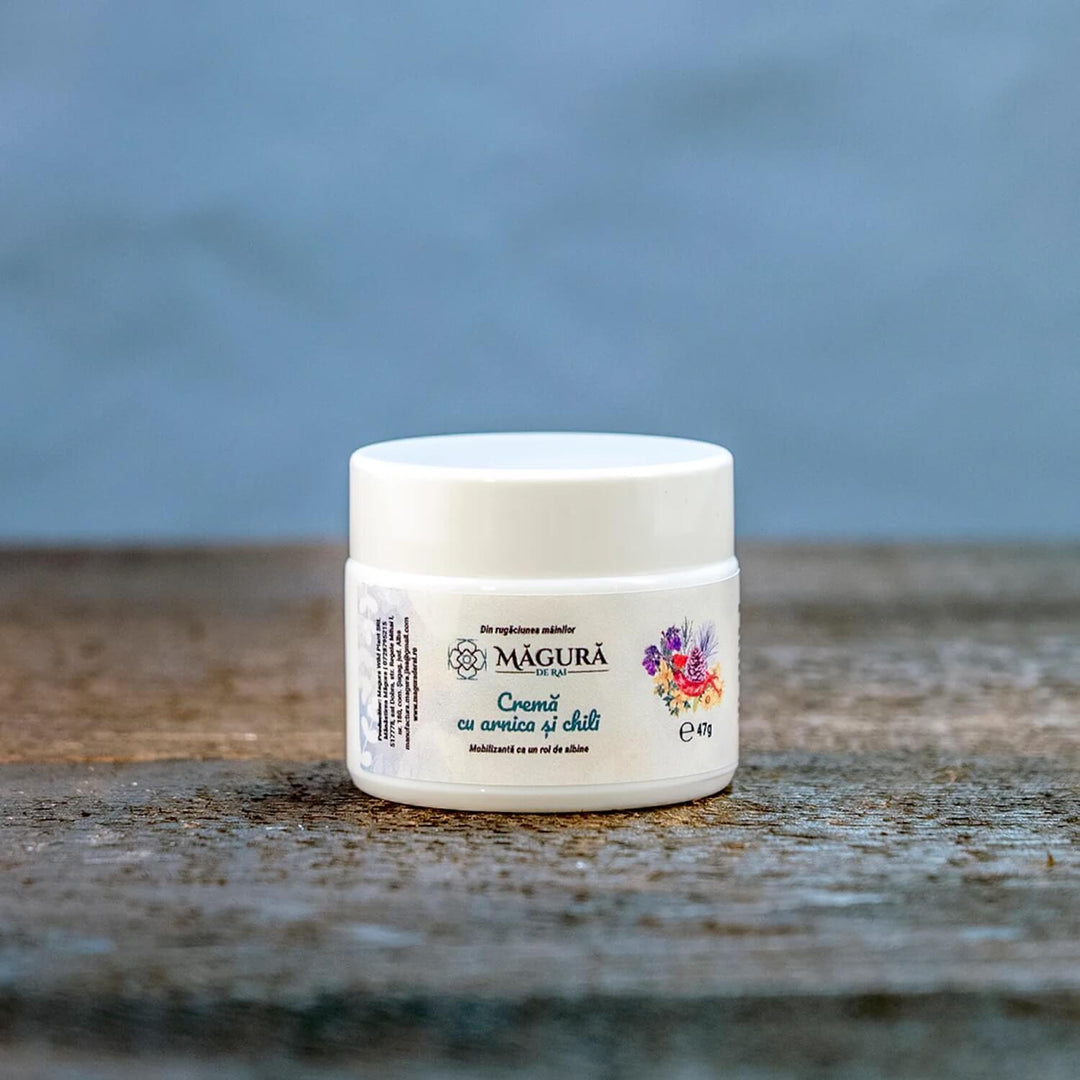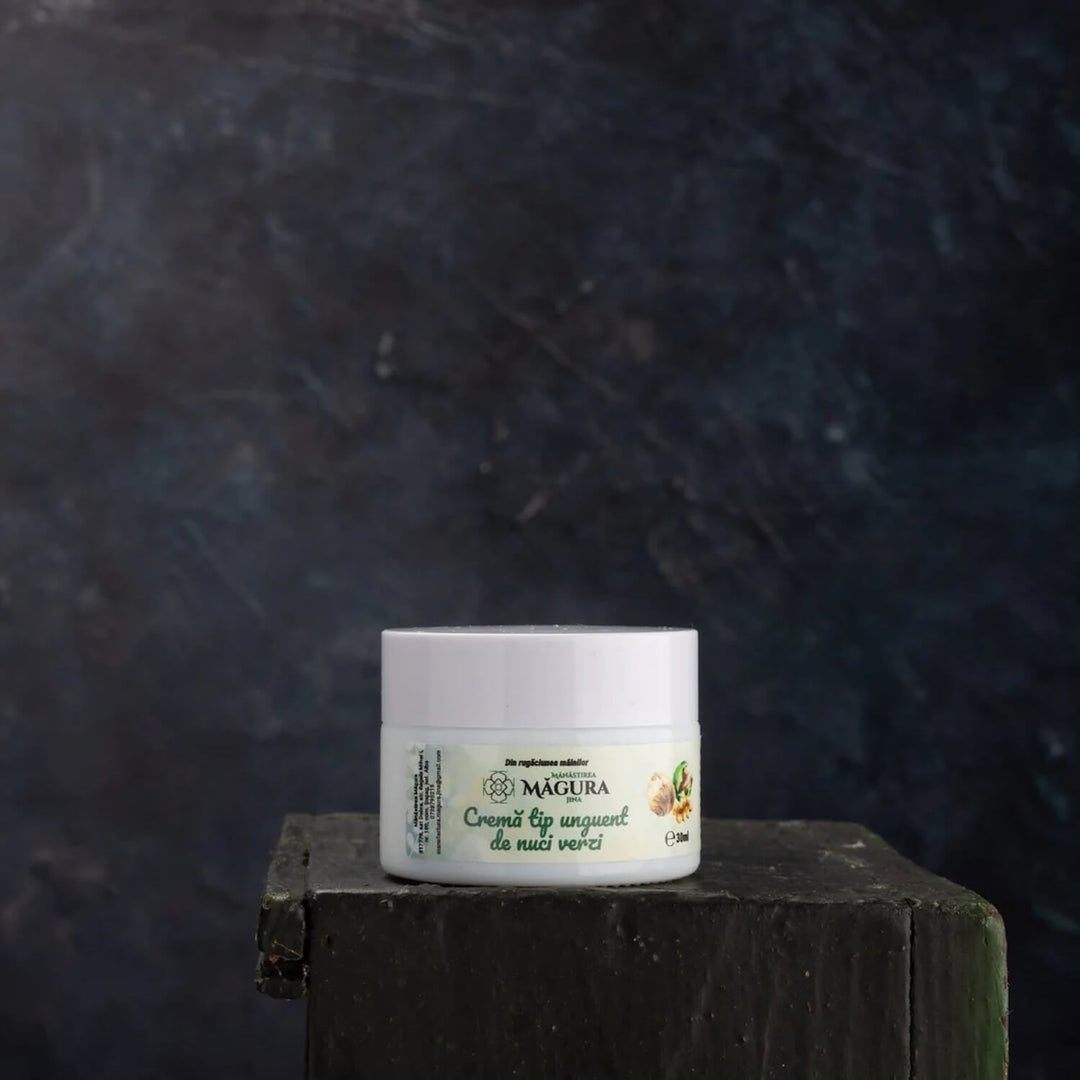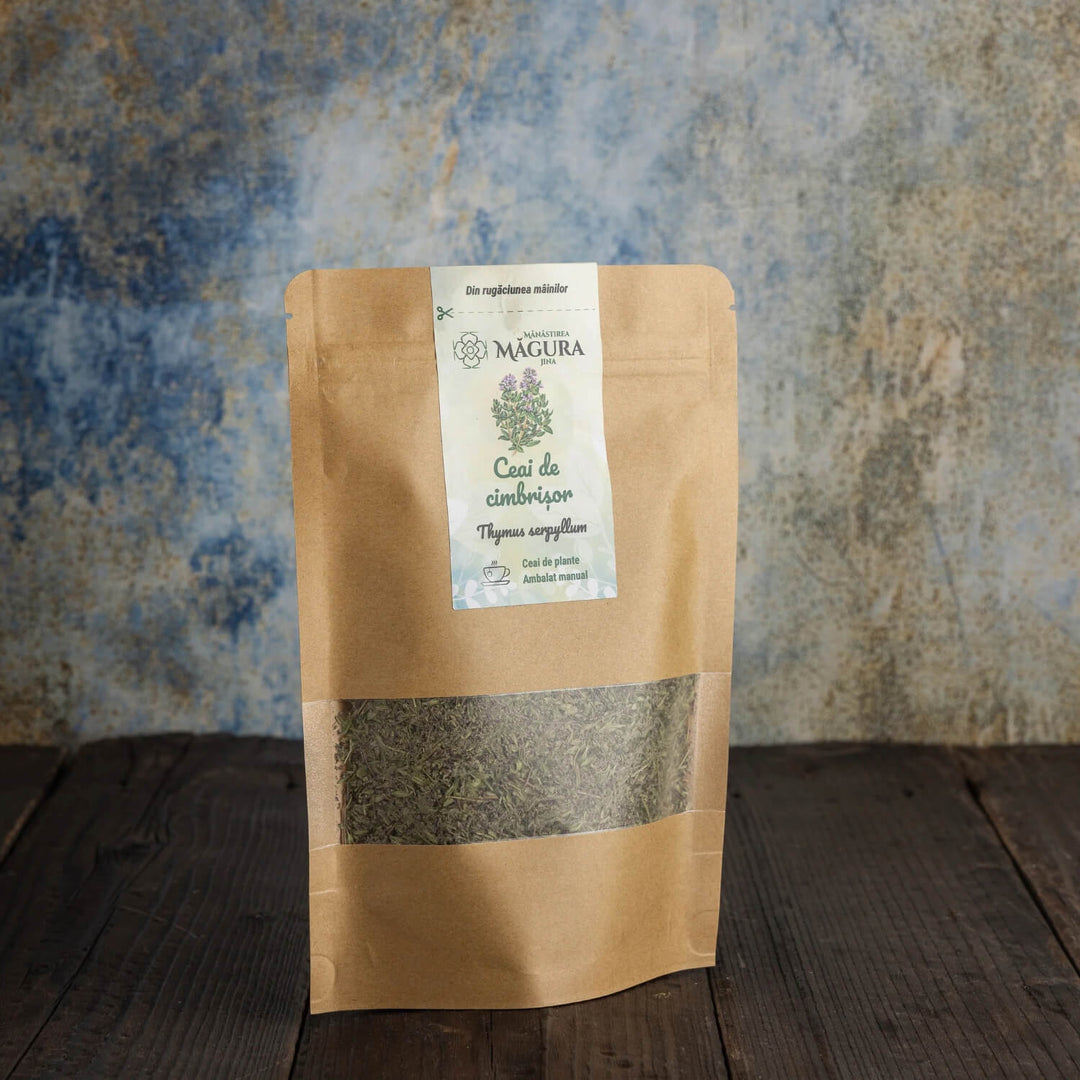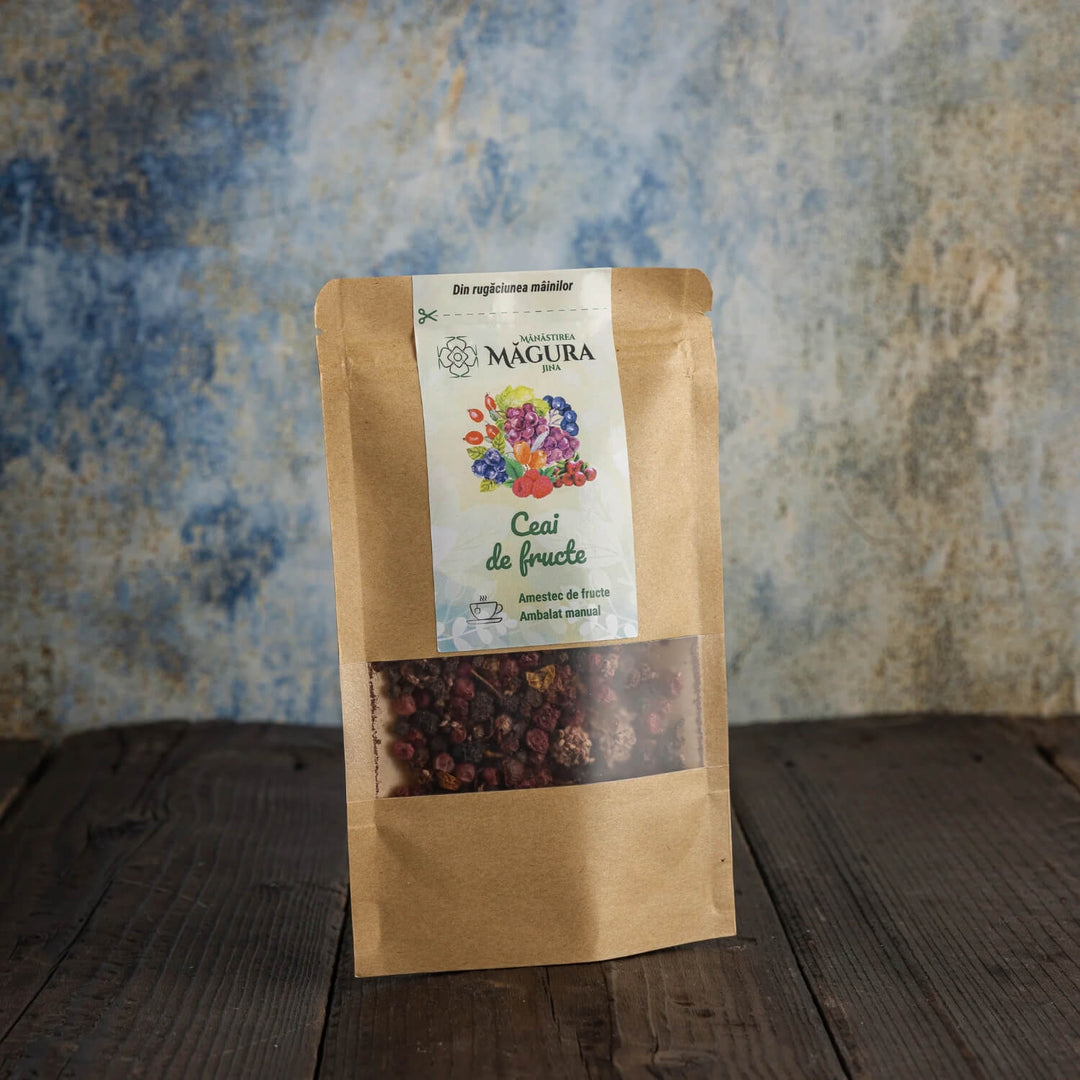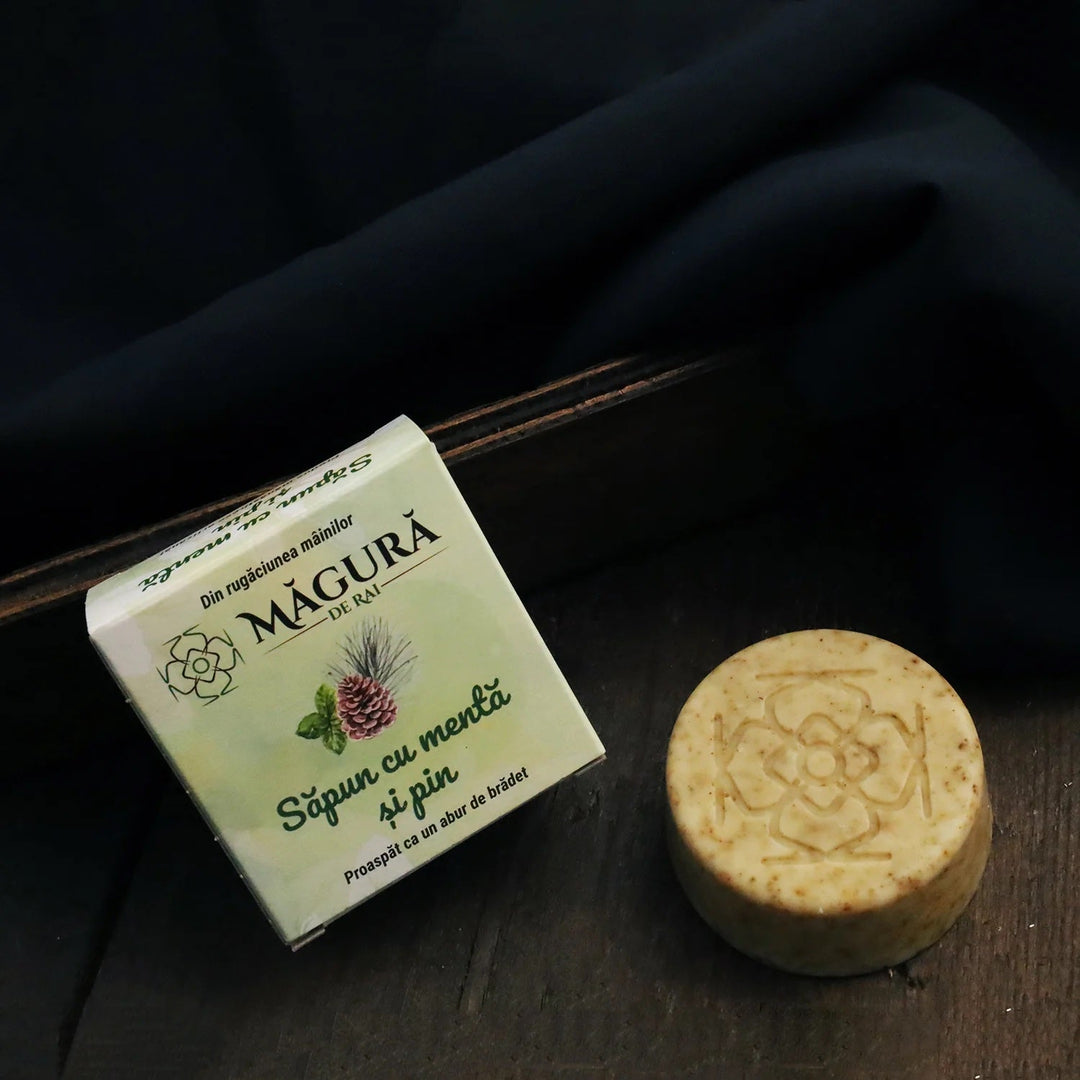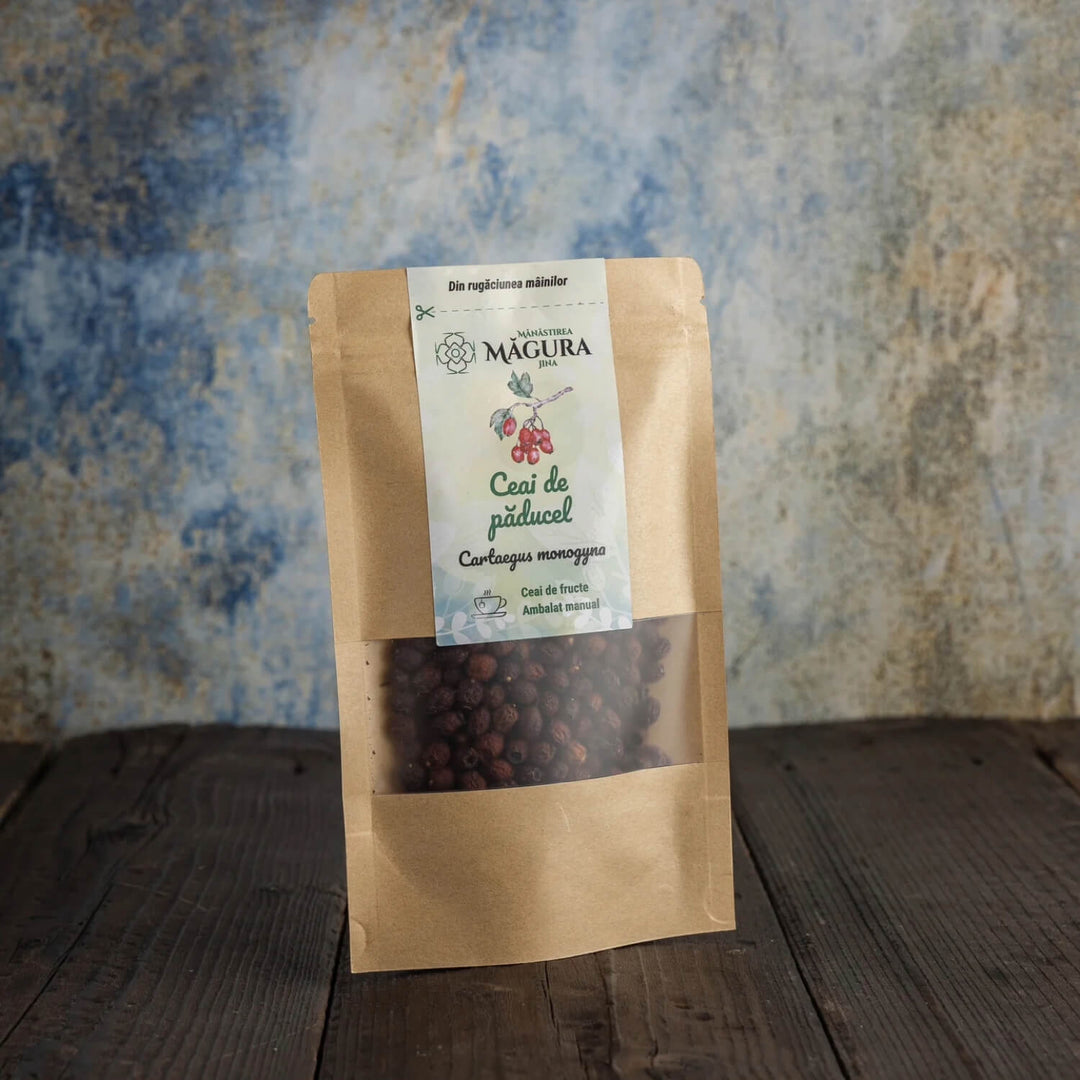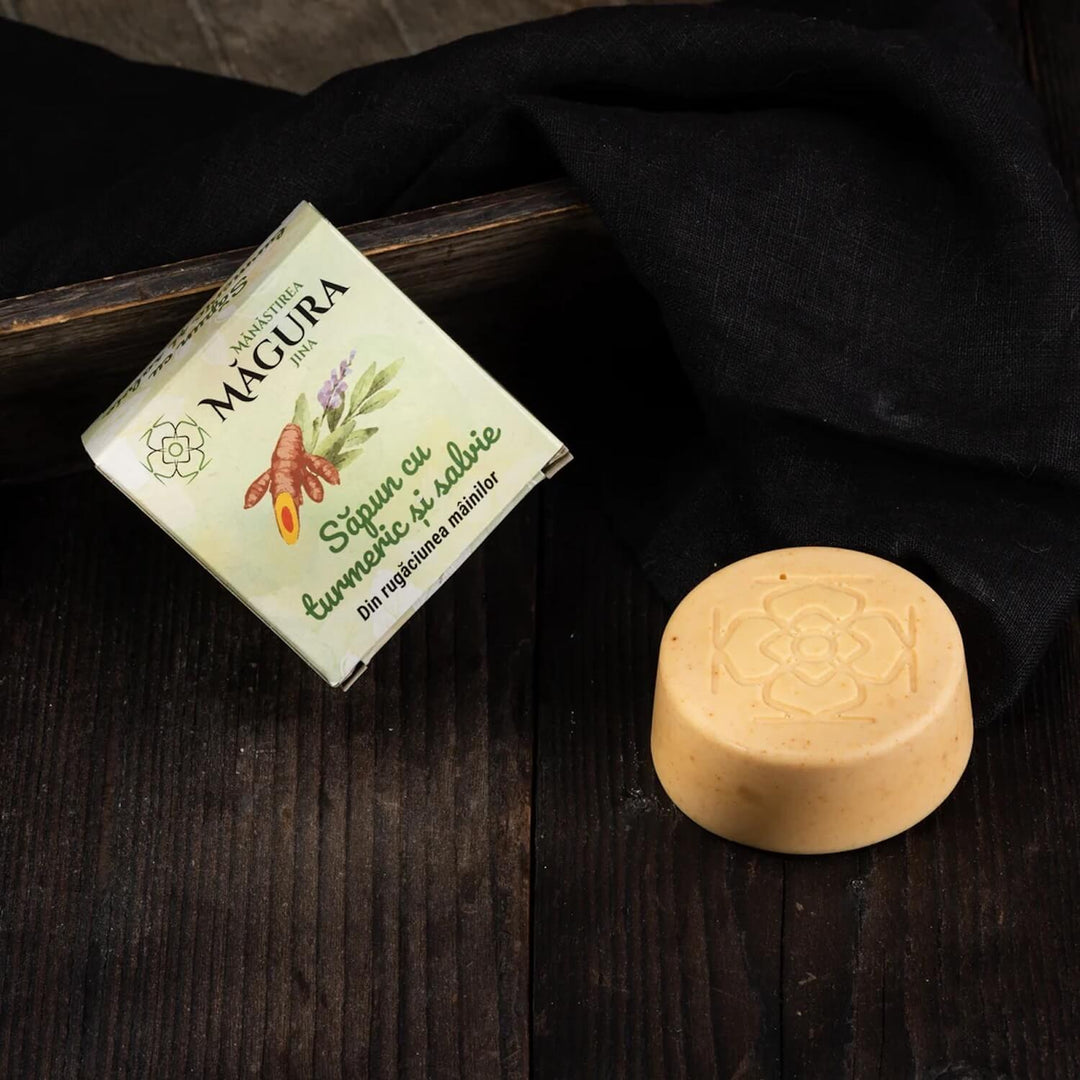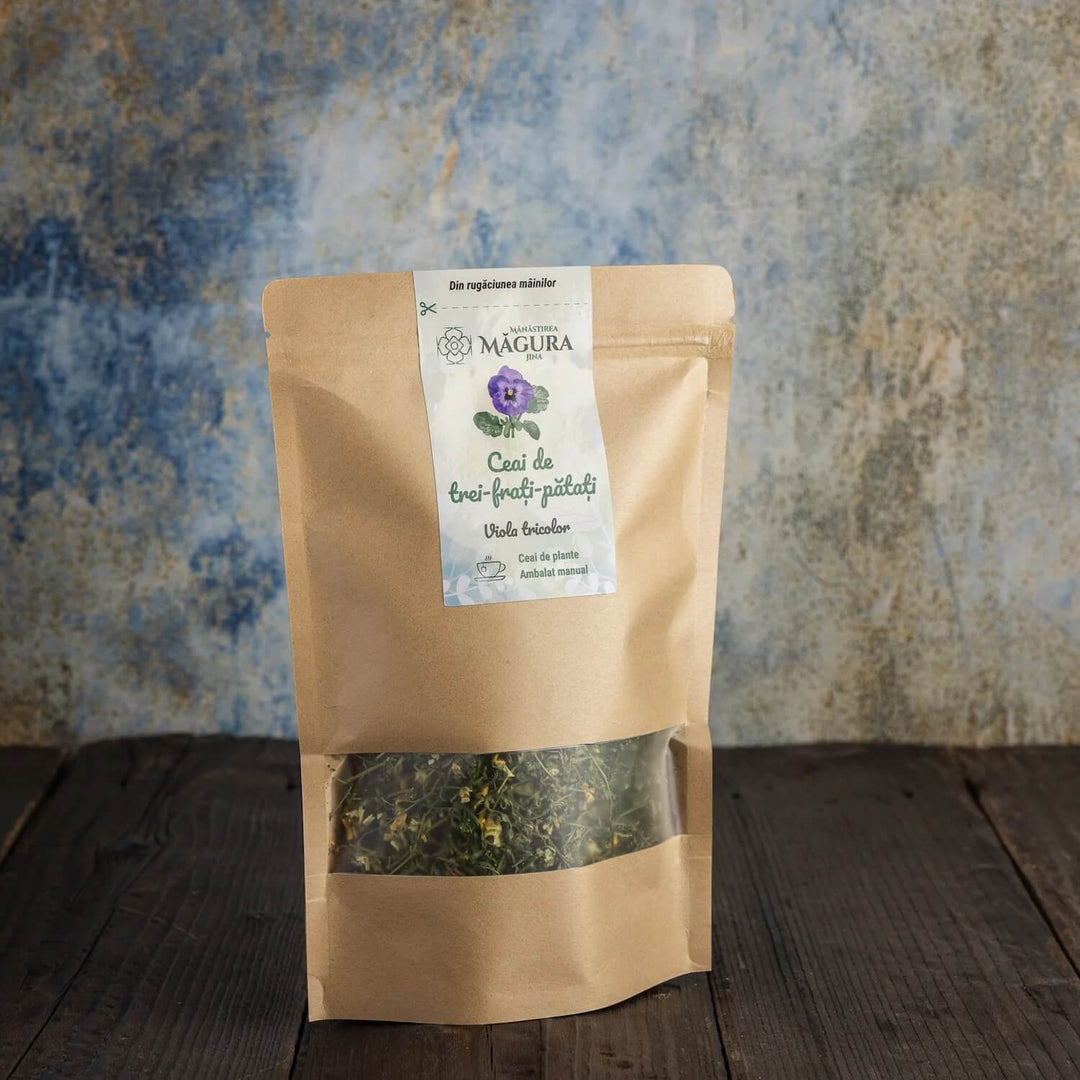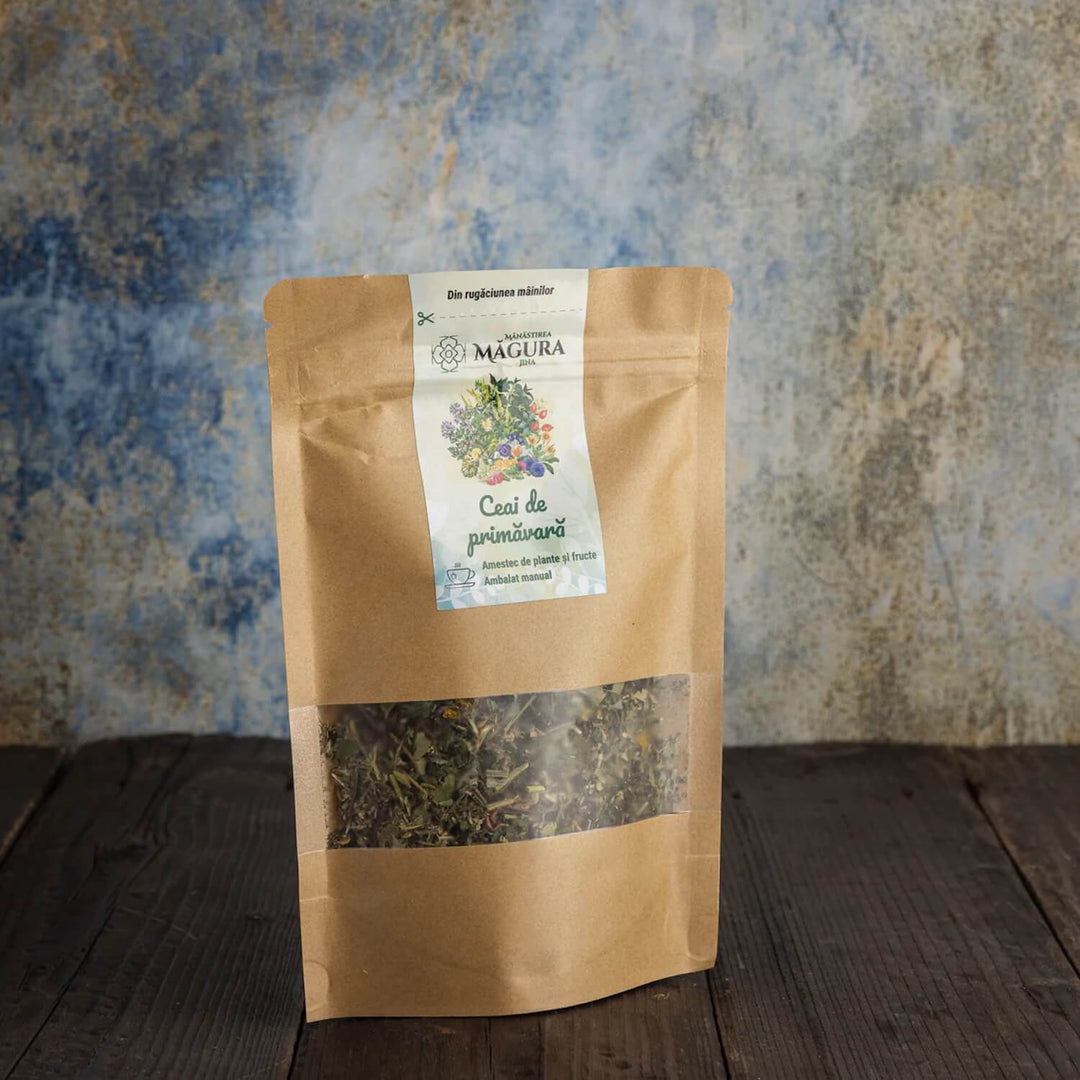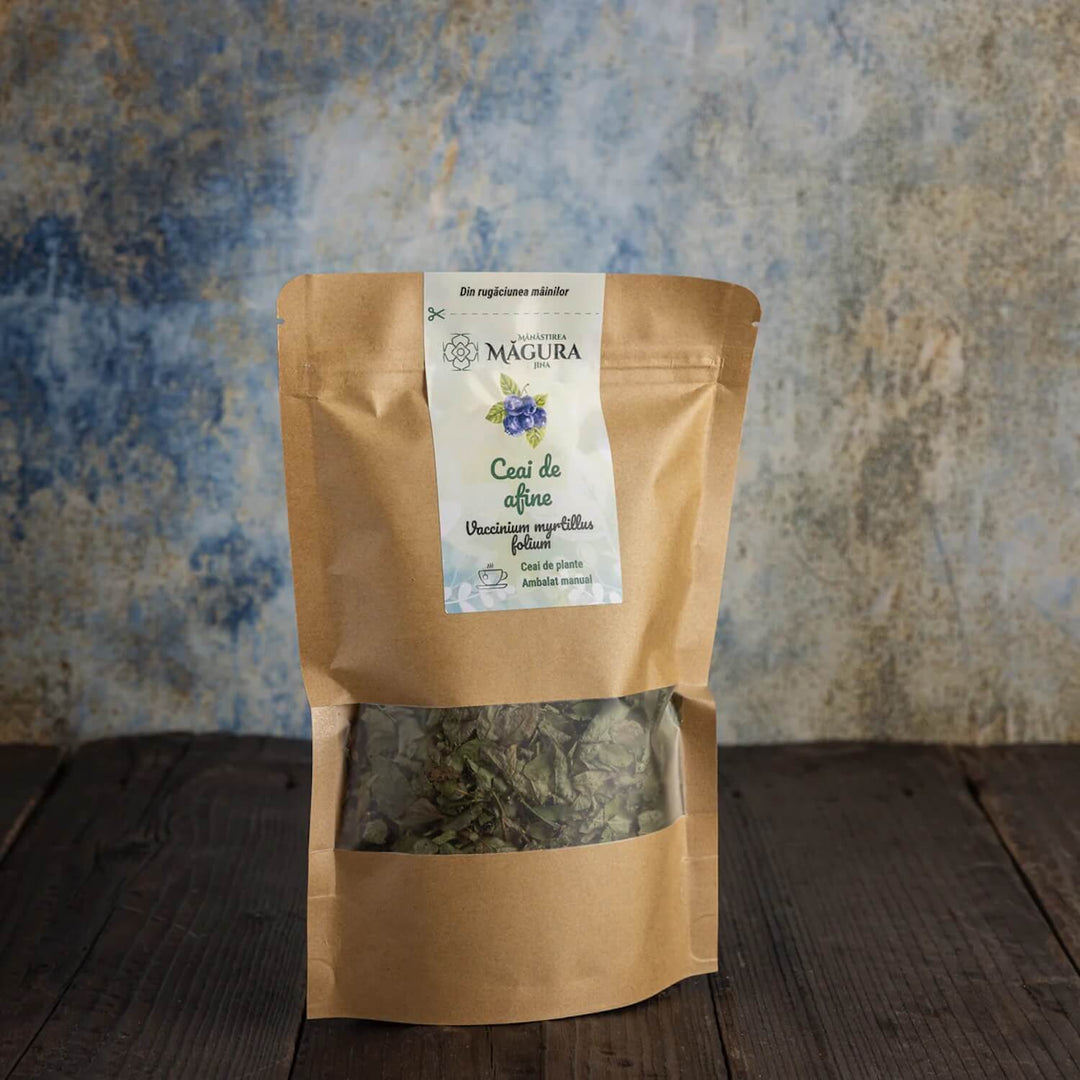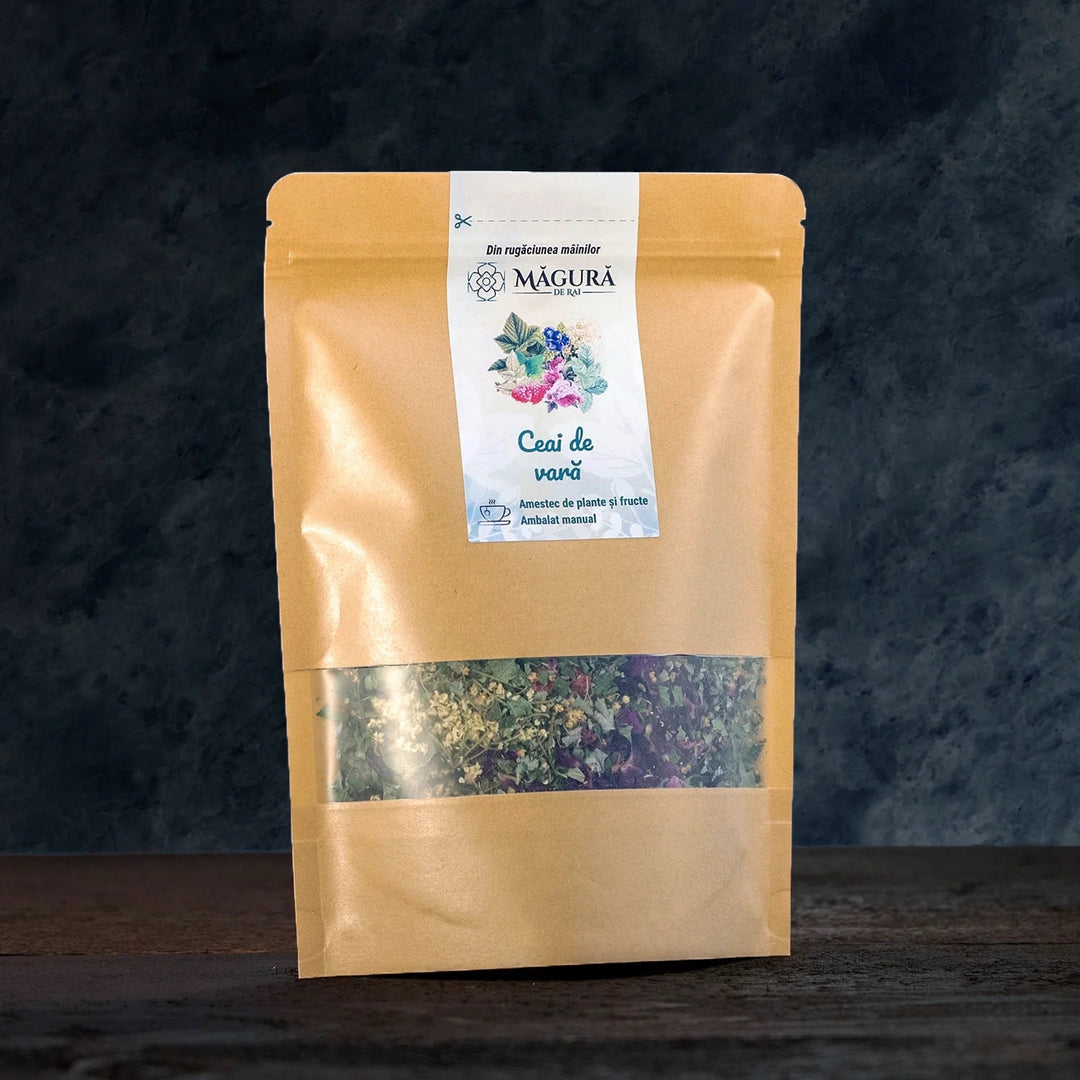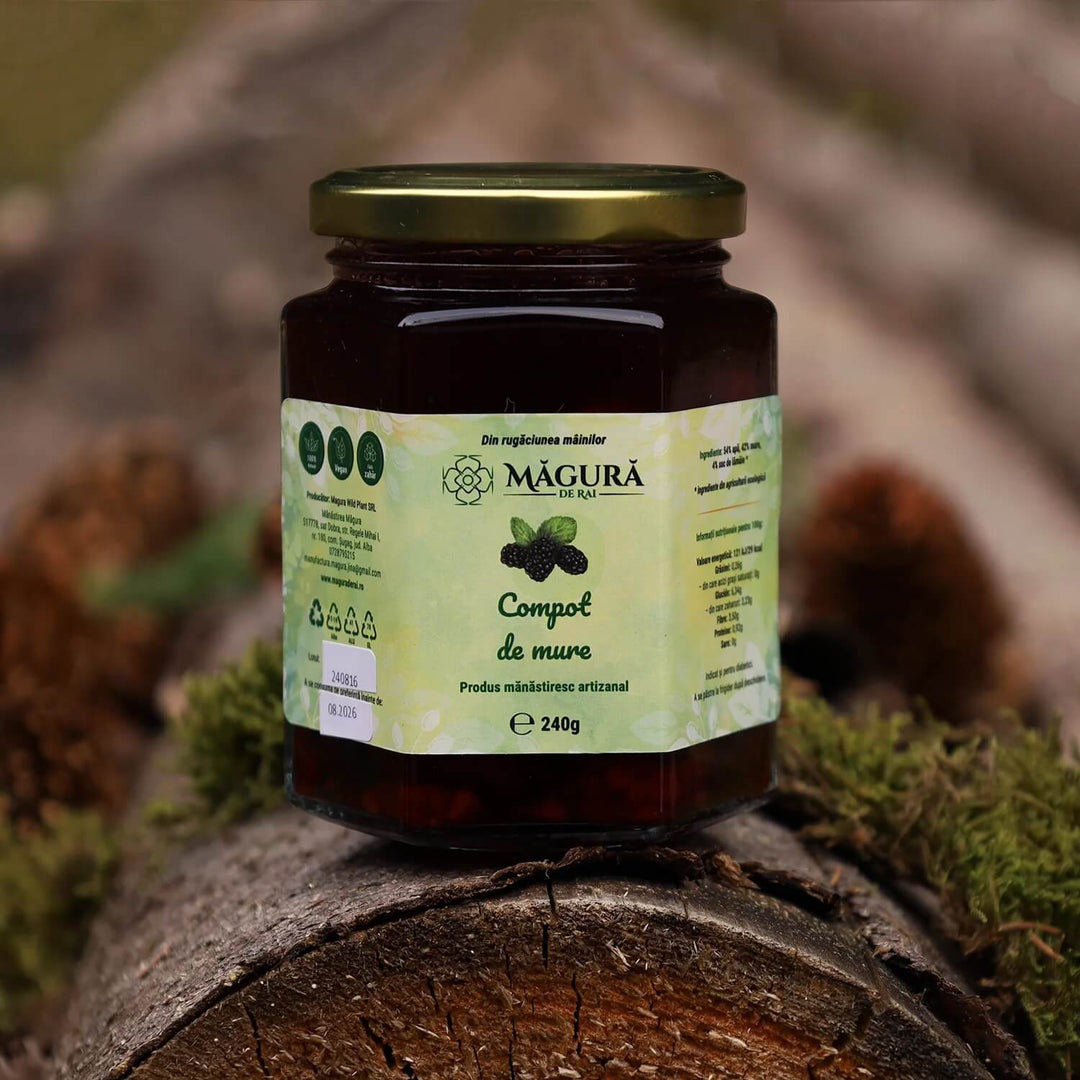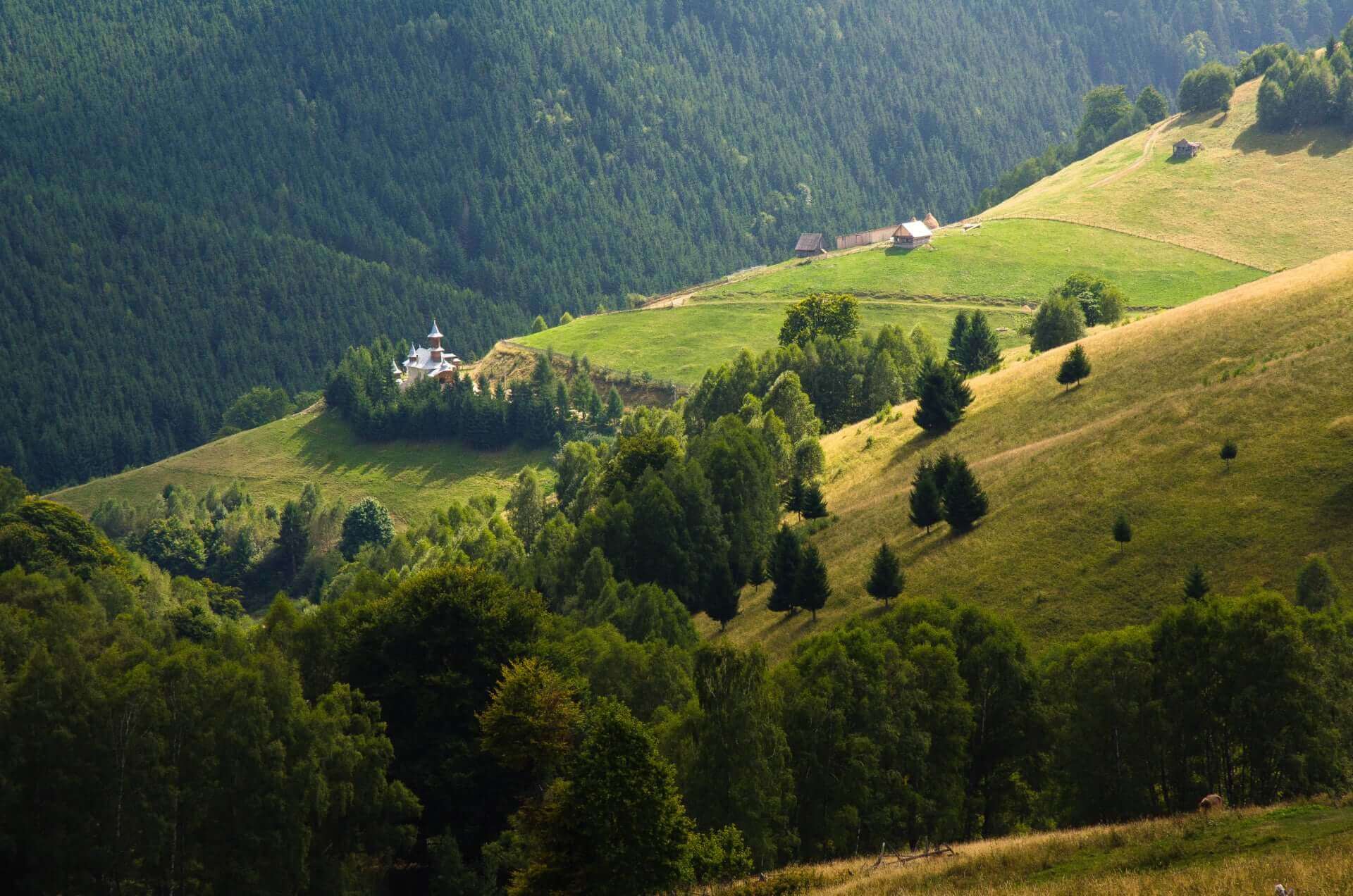
Măgură de Rai
WHO IS MĂGURĂ DE RAI?
Măgura de Rai is the brand name for the collection of unique and delicious natural produce made by Măgură Jina Monastery.
The story of Măgură Jina Monastery...
Nestled between many hills, peaks and valleys, at an altitude of 1180 m, Măgura Jina Monastery is located in the vicinity of the Cindrel Mountains and the Șureanu Mountains, being a picturesque place located on the border of Sibiu and Alba counties.
However, whoever hears that here the climate is cold and wet almost the whole year, and that the snows do not melt until late, may naturally wonder where the need for a monastery in such a place arose. The answer is found, first of all, in the unbroken communion that the Romanian peasant has always had with God. The same thing happened to the sheep in the village of Jina, who spend a large part of the year in the surrounding sheepfolds and who needed a place of prayer.
Thus, at the initiative of the nun Maria Streulea (who was part of the community of the Râmeț Monastery until 1959, then being forced by a communist decree to retire to Jina, her native village), the foundation stone was laid in 1991, from 1992, the construction of the wooden Church (dedicated to the Nativity of the Mother of God and the Holy Great Martyr Thecla) began by the craftsman Ioan Aloman (later the monk Joachim). He worked with dedication and for the glory of God, finishing the work in only 11 months.
Later, between the years 2007-2009, a brick chapel was also built (to perform winter services), in Byzantine style, dedicated to the Veneration of the Icon of the Mother of God "Prodromita" and the Sunday of the Mysterious Women.
Initially, the number of nuns was small and relatively fluctuating, having no priest. Only after the arrival of Father Nicon Sturza, in 1998, did the community begin to grow, so that when Mother Maria passed away in 2009, the monastery consisted of 20 nuns. Currently, there are 22 monks and sisters at the monastery, guided by Mother Abbess Olimpiada Barbu and priest Nicon.
WHAT DO THEY DO?
In their current daily schedule, the nuns try to harmoniously combine prayer with work, the monastery being tributary, like any other monastic establishment, to the teachings established by the founders. They includes activities such as icon painting, church music, household activities, embroidery and weaving (in winter), but also activities of manufacturing natural products from medicinal plants and forest fruits.
This has developed gradually and naturally in recent years, becoming a tradition of the place. For as long as people have known, here the villagers have been drying bunches of plants for tea in the attics, picking fir buds, blueberries and wild raspberries for syrup and jam, making cheese and other dairy products. Mother Maria even had a saying, which she always repeated: "Do the things of the place, because the place keeps you!".
Without having a specialized training in the field, Mother Abbess Olimpiada began to study the plants that grow in the area and their properties, to look for traditional recipes and old monastic recipes. This is how almost every Măgura de Rai product has its own story and is linked to a person, to someone who needed it.
THE PRODUCE...
The medicinal plants and fruits that Măgură de Rai use as ingredients for their products are collected from the spontaneous flora of the surroundings of the monastery, in the area of the Cindrel Mountains (fir buds, pine buds, hornbeam, St. John's wort, nettle, three-spotted brothers, horsetail, elderberry, blueberries, raspberries, cranberries and others) or are grown in the monastery's herb garden (mint, plantain, hyssop, calendula, basil, sage, rosemary). They also have two blackcurrant and raspberry plantations.
The entire process, from picking, drying, shredding to preparation, packaging and labelling, is done by hand. They use their own recipes, which are based on old recipes of traditional and monastic remedies. The preparation processes aim to preserve the natural properties of the plants and fruits used as ingredients.
